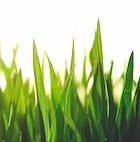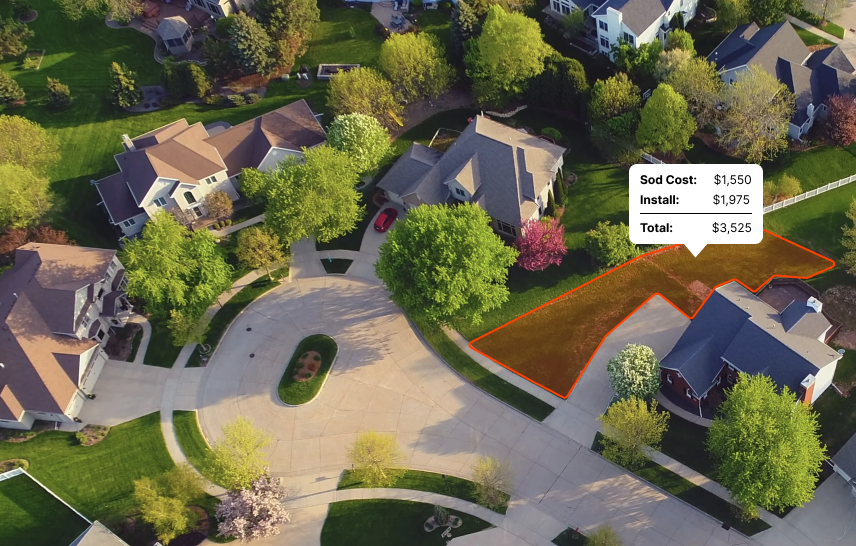Overall, the climate and grass zone in Oregon favor cool season grasses that can handle the mild, wet winters and warm, dry summers. It is important to choose the right type of grass for the specific location and conditions in order to achieve a healthy and attractive lawn.”
Introduction
Oregon has a diverse climate due to its varying elevations and proximity to the Pacific Ocean. It is classified as having a humid subtropical climate, with mild and wet winters and warm, relatively dry summers.
The climate affects the types of grass that are best grown there, as certain grasses thrive better in different temperatures and moisture levels. The grass zone in Oregon is mostly in the cool season, meaning that the grasses that grow best there are those that can tolerate cooler temperatures and more moisture.
The best times to lay grass in Oregon are typically in the spring and fall, when temperatures are cooler and there is more moisture in the air. This allows the grass to establish a strong root system before the hot, dry summer months.
Overall, the climate and grass zone in Oregon favor cool season grasses that can handle the mild, wet winters and warm, dry summers. It is important to choose the right type of grass for the specific location and conditions in order to achieve a healthy and attractive lawn.
What are the best sod types for OR?
In the world of landscaping, not all grasses are created equal. Each thrives in a specific climate zone: cool, warm, or transition.
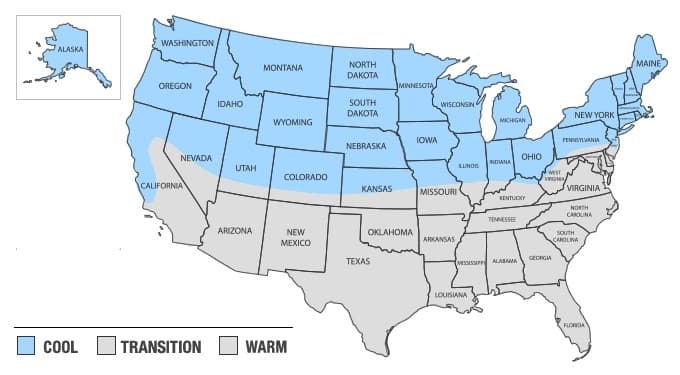
Oregon, with its cool season climate, prefers a particular set of grasses that relish the lower temperatures. The following sods are the easiest to grow and maintain in Oregon:
While it's possible to grow grasses meant for other regions with proper care, attention and timing, these are the most common grasses in Oregon for residential lawns.
Level Up Your Lawn Skills
Once per week we'll send you an interview from someone who has mastered the art of lawn care.
Recommended species for shade
Let's get straight to it. Growing sod in shade in Oregon is a challenging adventure most homeowners embark upon. Grab your gloves, folks. It's time to shed some light on the best grasses for shady conditions in this guide.
First off, Fine Fescue. Roll it off your tongue. Feel its promise of lush, green elegance. It's drought-resistant and prefers the shade over the sun. In the scorching summer months, while other grasses contend with the sun, this champ retreats to the shade, thriving with less than 4 hours of sunlight daily. Fine Fescue is the introvert of the grass world embracing the solitude of the shadows, ensuring your lawn stays vibrant.
Next up is the sturdy St. Augustine Grass. This broad-leaved, coarse-textured grass requires a mere 3 to 4 hours of filtered sunlight a day. It's the ultimate lover of shade and moisture, perfectly suited to Oregon's rainy climate! Hardiness runs in its roots, making it resistant to foot traffic, children's romps, and dogs' romping escapades.
Last but not least, the under-appreciated Bentgrass. Often overlooked, this grass is a shade-loving superstar. It flourishes under the canopy and requires a moderate 4 to 5 hours of sunlight. Golf courses love it, so why not your yard? High maintenance? Sure, it is. But beauty often demands attention.
Remember, a shady yard doesn’t mean a barren yard. The secret lies in your choice of grass. So go out and conquer the shade with these three grass titans. A lush lawn under the cooling shade is within your reach, even in the heart of Oregon. Keep the faith. Your sod-laying efforts are about to pay off!
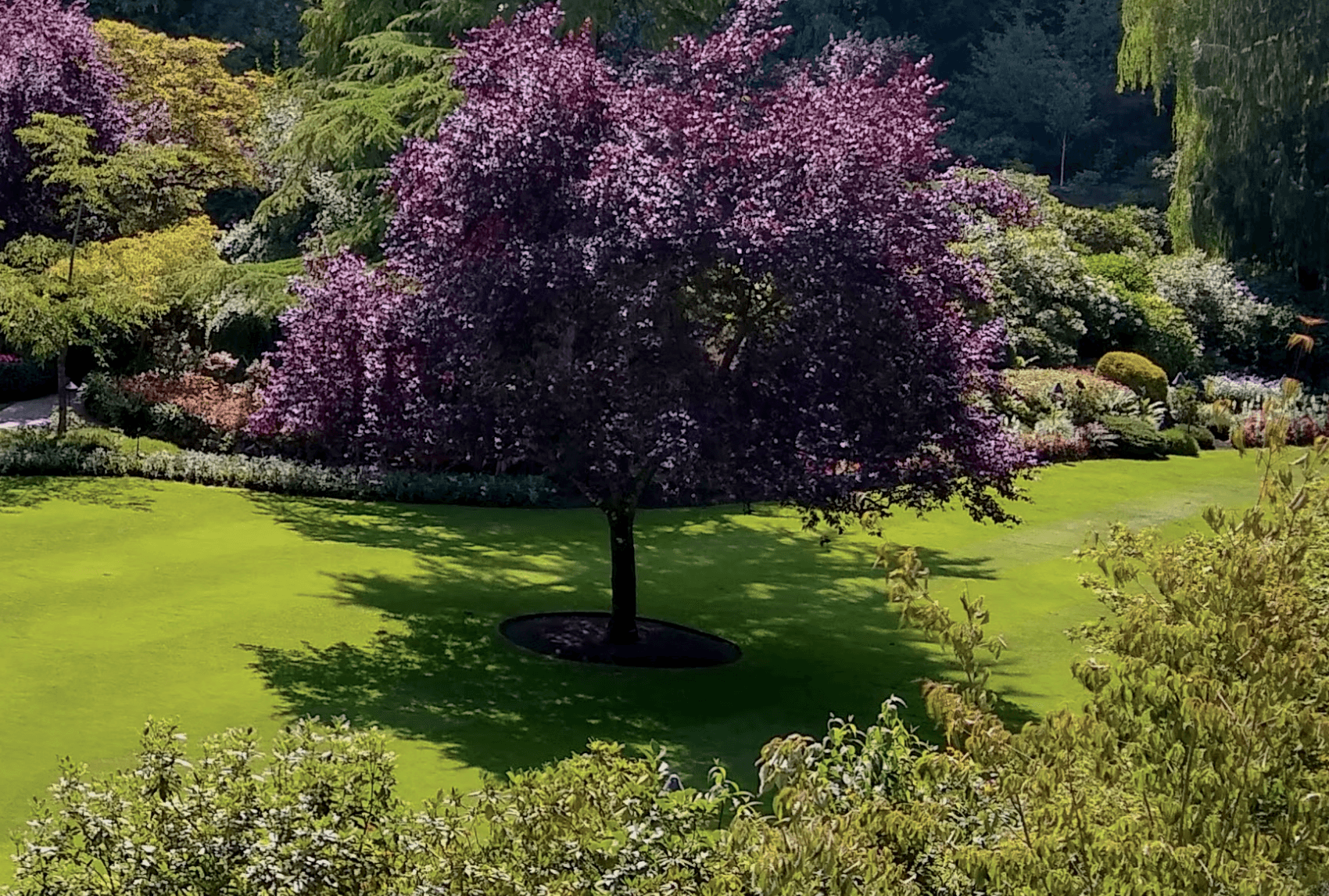
Recommended for full sun or partial sun
Choosing the right sod for your lawn depends heavily on the sunlight exposure in your yard. Different grass types have varying light requirements for optimal growth and appearance. Assessing whether your lawn receives full or partial sun is essential in selecting sod that will flourish and stay healthy in your specific environment.
Below are some sod options recommended for either full sun or partial sun conditions in OR:
| Grass Type | Sun | Good to Know |
|---|---|---|
| Tall Fescue | Partial | Tall Fescue is adaptable to a range of conditions, including partial sun, and is known for its deep root system and tolerance to drought. |
| Kentucky Bluegrass | Full | Kentucky Bluegrass prefers full sun and is prized for its fine texture, rich color, and ability to recover quickly from damage. |
| Perennial Ryegrass | Full | Perennial Ryegrass thrives in full sun and is known for its rapid germination, fine texture, and bright green color. |
| Fine Fescue | Partial | Fine Fescue is well-suited for partial sun and is appreciated for its fine texture, shade tolerance, and low maintenance requirements. |
What varieties stay green year-round?
As with anything agriculture related, there is some nuance to this question. There are many grasses that can stay green year round in but it depends heavily on your location within Oregon as well as any microclimates that may exist.
The following grasses have the ability to stay green year round in Oregon:
| Grass Type | Caveats |
|---|---|
| Tall Fescue | It typically stays green throughout the year in milder climates, given that it isn't overly stressed by heat or drought in the summer. |
| Kentucky Bluegrass | It can retain its green color for much of the year when well-maintained, though harsh winter temperatures can push it towards dormancy and a browner hue. |
| Perennial Ryegrass | It can stay vibrant and green throughout the year in many climates, unless conditions are extremely cold or dry. |
| Fine Fescue | It keeps its green color throughout the year in ideal conditions. If the winters are particularly harsh, it may lose some color. |
What is the best time to lay sod in Oregon?
Since it is considered a cool-season location, the ideal time to lay sod is in early spring or early fall. These periods offer moderate temperatures, leading to less stress on the sod and providing optimal conditions for root establishment before extreme temperatures of winter or summer. Avoid the summer, as high heat can stress the sod.
As you can see in the image below, you'll notice the most shoot growth (the grass above ground) and root growth in the spring and fall for cool season grases:
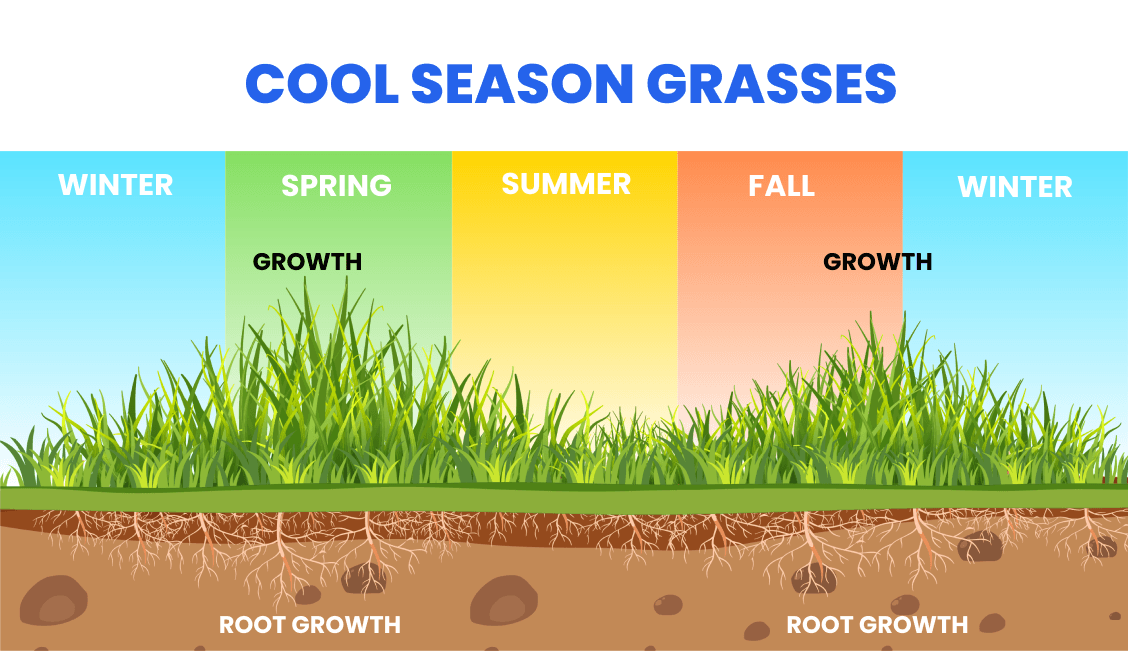
Find reputable companies for installing sod in OR
Here are the top problems you'll face when trying to get sod installed by a landscaping company:
- They're not transparent about pricing. You'll often get a quote that's way higher than you'd expect.
- They're hard to get ahold of on the phone or you'll reach out online but won't hear back.
- It's hard to pin them down for a specific date. Because you can only bring sod from the farm when there's decent weather, this causes some delays at times. It also has a short shelf life, so it's important to get it installed within a day or two of delivery.
We've done all the work for you. Click below to get a quote from one of the top installers in Oregon.
